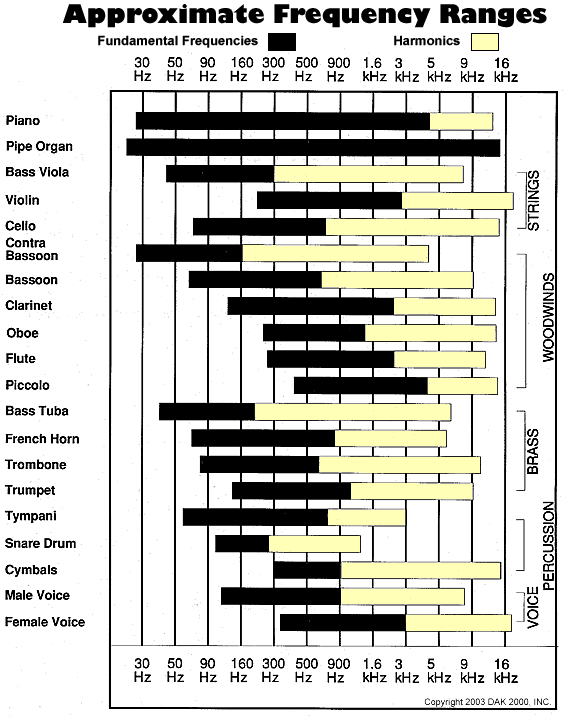Given the age, I could care less for above 14-15kz level, with a notion that that will inevitably get reduced over time.
In the HT world, few people are chasing sub-bass that is present in some tracks, and could be extracted from others. Example would be the opening of Edge or Tomorrow where there is sub 10hz bass. One will not necessarily hear it but will feel it which can be positively confirmed with the sub woofers moving. It is acquired taste and some people actually feel nauseous at these frequencies. You would also need to have an army of really large subs to get this 10hz signal to 100dB, which is extremely loud overall, but in this range would actually need to be probably even "louder" aka more tactile to feel the full impact.
Most mainstream subs (even the "big ones") don't go below 15hz extension for a reason. It does cover 20hz at decent level and then rolls off. Even at 20hz, it is usual to have -10dB or more compared to the max sub output in the higher range. Also, even in HT, a lot of movies are stripped of the low bass info and bottom out at some 30hz (which can be restored by freeware software at your own risk). IMO absolutely no need to extend the range and especially not in the low end. But would be useful to have the full 20hz extension for HT.
100dB at 10hz in-room is actually not necessarily as hard as it sounds, because many rooms will have massive room gain this low. If you can hear it is another matter.

